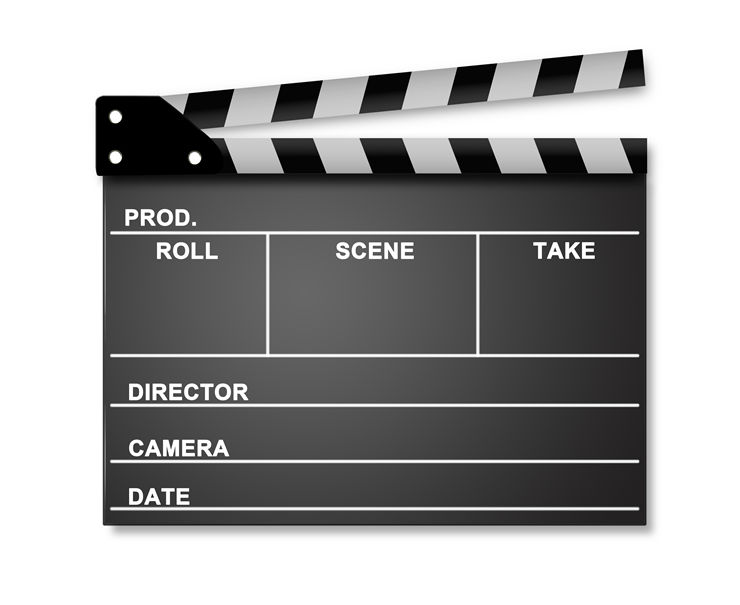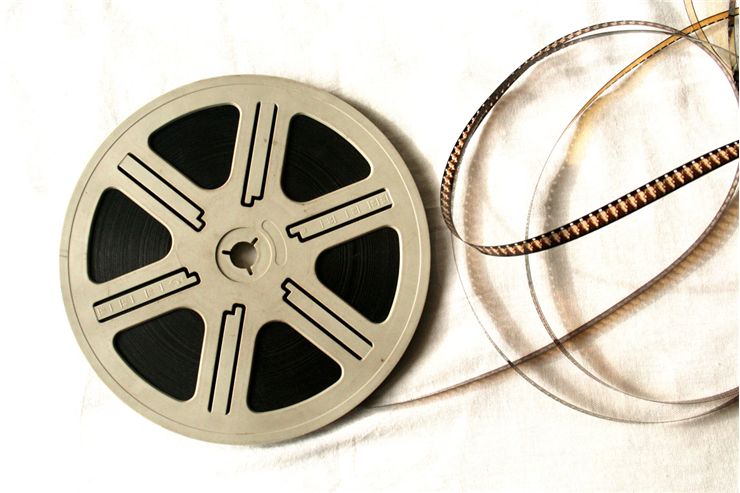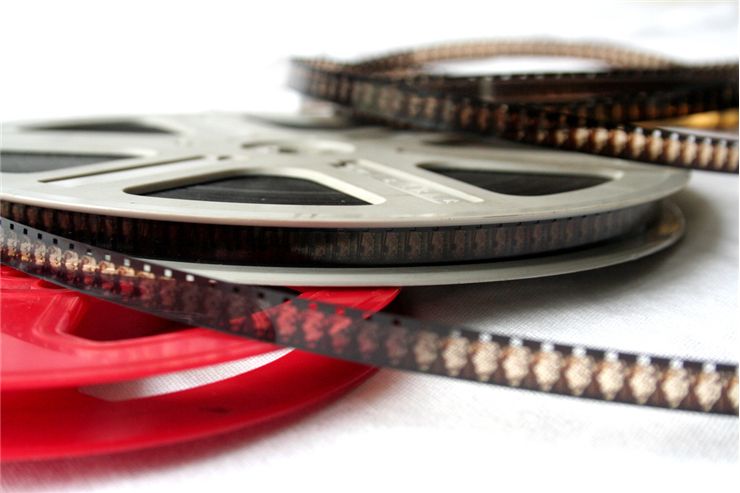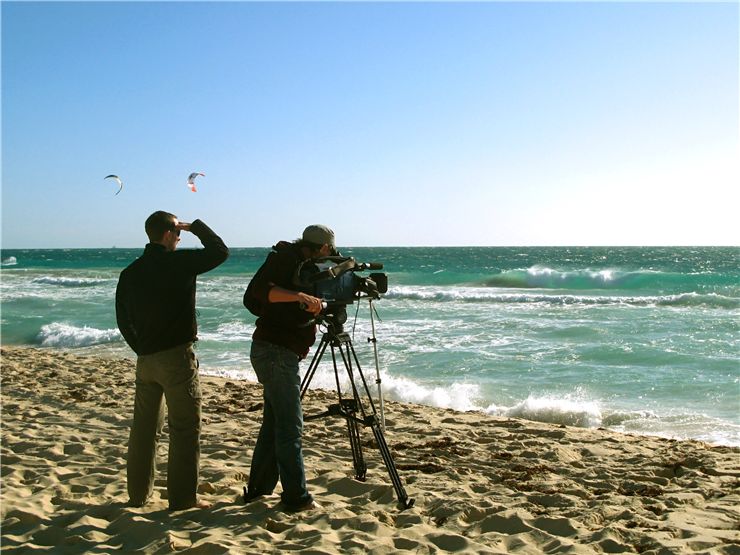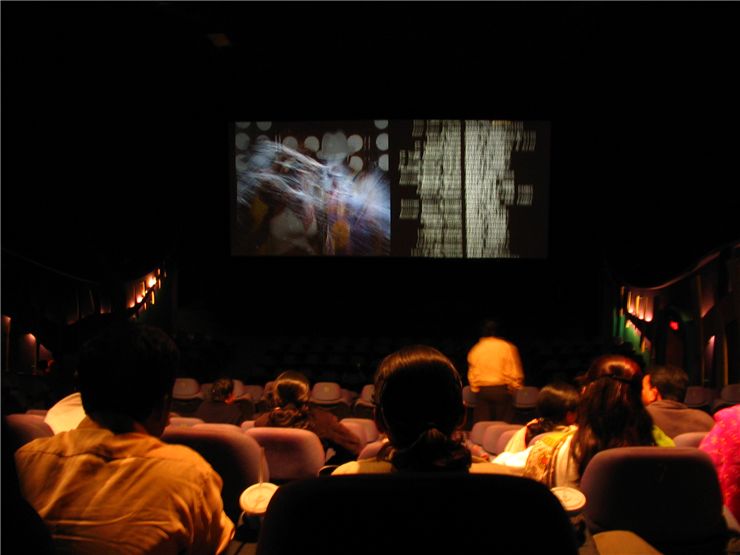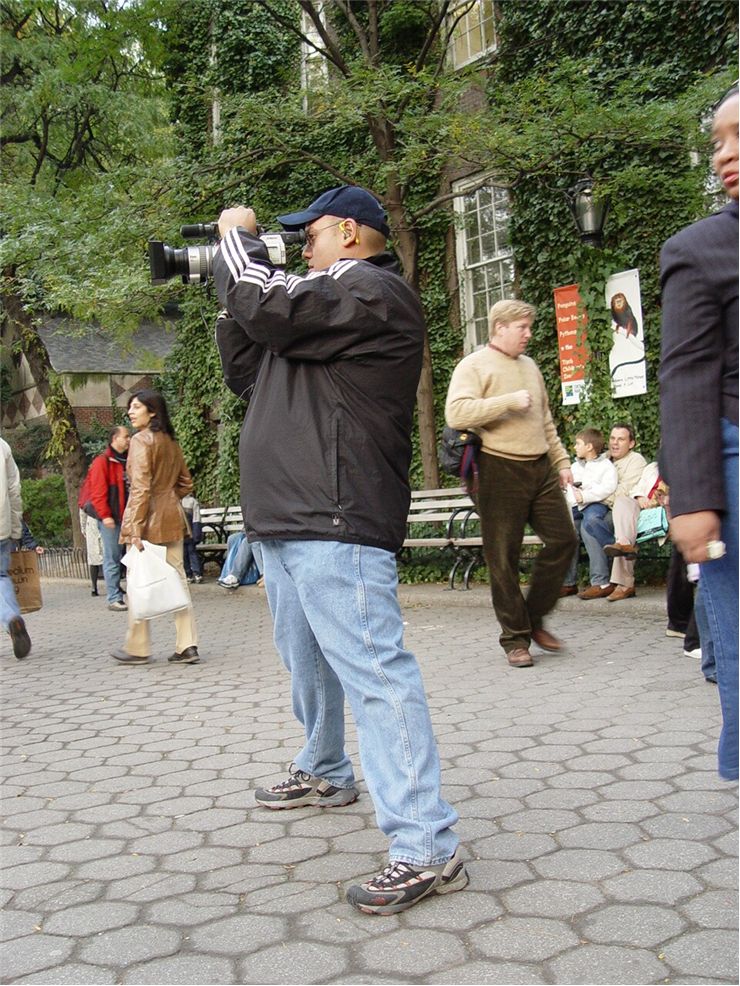Film Production - Process of Making a Film
Making a film involves several specific stages that were introduced even in the first years of silent film and evolved through decades, technological advancement, fashion changes, and new eras of cinema. These important steps follow the film's creation from its inception, initial development, production, post-production, release, and many other steps between them. With a rich history of film production, many countries worldwide have created specific cinematic techniques that take full advantage of their region-specific traditions and resources (technical and workforce).
The basic components of modern-day film production are:
Development
Before any large-scale work has been done on the film, the producer, screenwriter, and director gather and select the story they want to bring to life. This may be an original story, adaptation of a book, play, old film, or reenactment of a true story. Then, an initial “outline” consisting of 20-30 pages is created, describing the film and helping producers and screenwriters visualize the final product. This synopsis is then offered to film studios, producers, and distribution houses in the hope of getting the necessary funding for the filming. Film production can begin with a finalized financial plan and the initial vision of the script.
Pre-production
Film pre-production is the important stage of filmmaking in which every aspect of the movie is designed and planned. The script is finalized, storyboards are painted, sets and locations are created or scouted, the detailed schedule of every film day is finalized, and the budget is calculated (including insurance against accidents).
During this time, Producer also hires an entire film crew, ranging from 8-10 people for a small indie film to several hundred people for a Hollywood blockbuster. The most important positions in the film creation are:
- Director – Responsible for managing the day-to-day filming process, artistic changes in the script, and controlling actors on set.
- Assistant Director (AD) – Responsible for filming smaller scenes that often don’t include main actors, maintaining work schedules for filming crews, managing logistics, and more.
- Director of photography (DP) – Supervises photography of the film (lighting, lenses, colors).
- Director of audiography (DA) or Sound designer – Supervises audio recording and audio editing of the entire movie.
- Unit production manager – Works with budgets and production schedules.
- Casting director – Manages auditions to find actors for film roles.
- Location manager – Finds locations for filming and create schedules for work in those areas.
- Art director – manages the creation of production sets and the look of the entire movie, together with Production Designer.
- Composer
- Choreographer
- Storyboard artists
- And more…
Production
The period when the film is shot on stage, in booths, or at locations. During this time, the entire film crew worked together to film movies as efficiently as possible. Many films are filmed out of sequence with their script, traveling from location to location, sometimes during several time seasons. Each scene is often filmed with more than one camera, and each scene must often be filmed dozens of times to capture all the angles of character interaction. Time spent to “reset the scene” between the takes can last seconds to several hours.
Post-Production
With all the scenes filmed and stored, the film enters the post-production stage, in which sound, music, effects, computer-graphic visual effects, and other elements are added to the film. The film editor carefully picks which scenes, camera angles and camera angles and durations are best. After all, elements are added, and the director and film editor are satisfied, the film becomes finished (or “locked”).
Distribution
The final step in film production is the distribution, or manufacturing of film copies (film reels for several types of projectors), sending of film reels (or digital copies) to the cinema. Consumer space is also taken care of, with careful production of DVD, Bly-Ray, and other physical media, and special digital copies are prepared for digital distribution channels. The marketing department also receives many film assets, which are used for advertisements and promotion.
